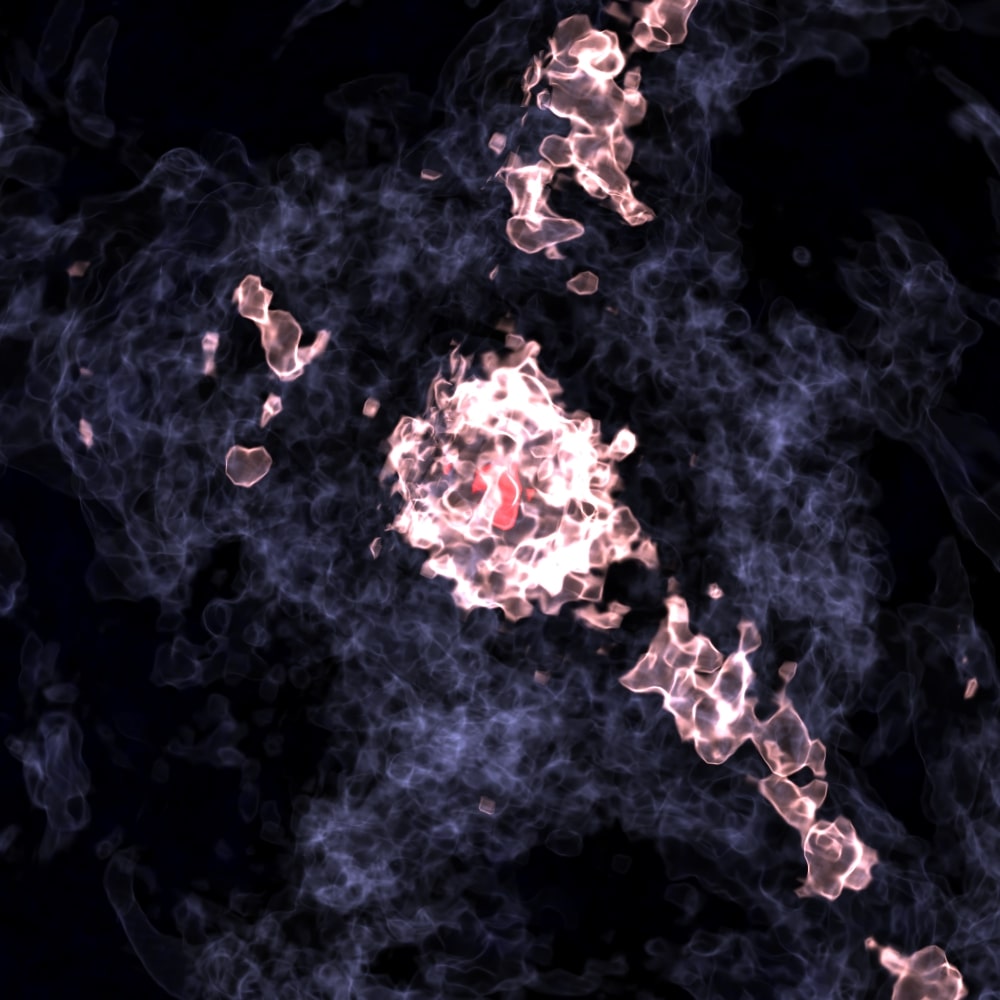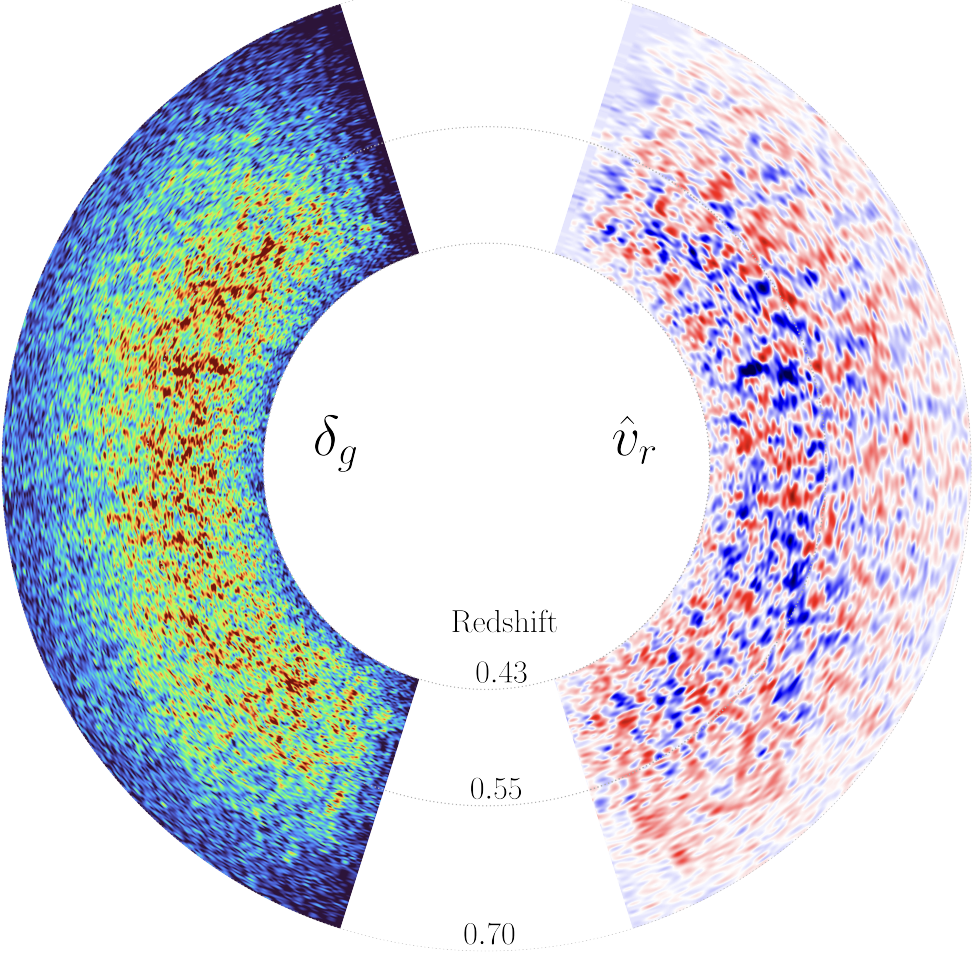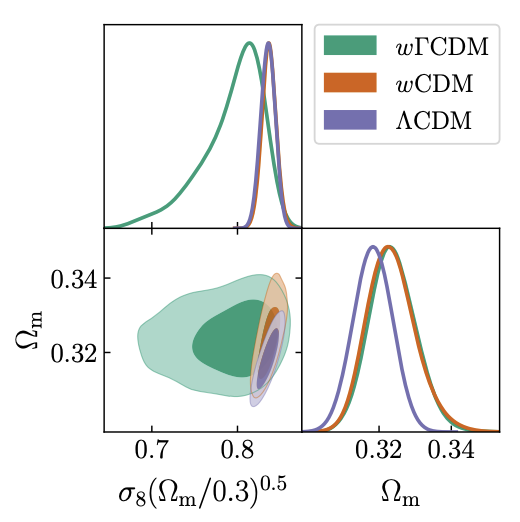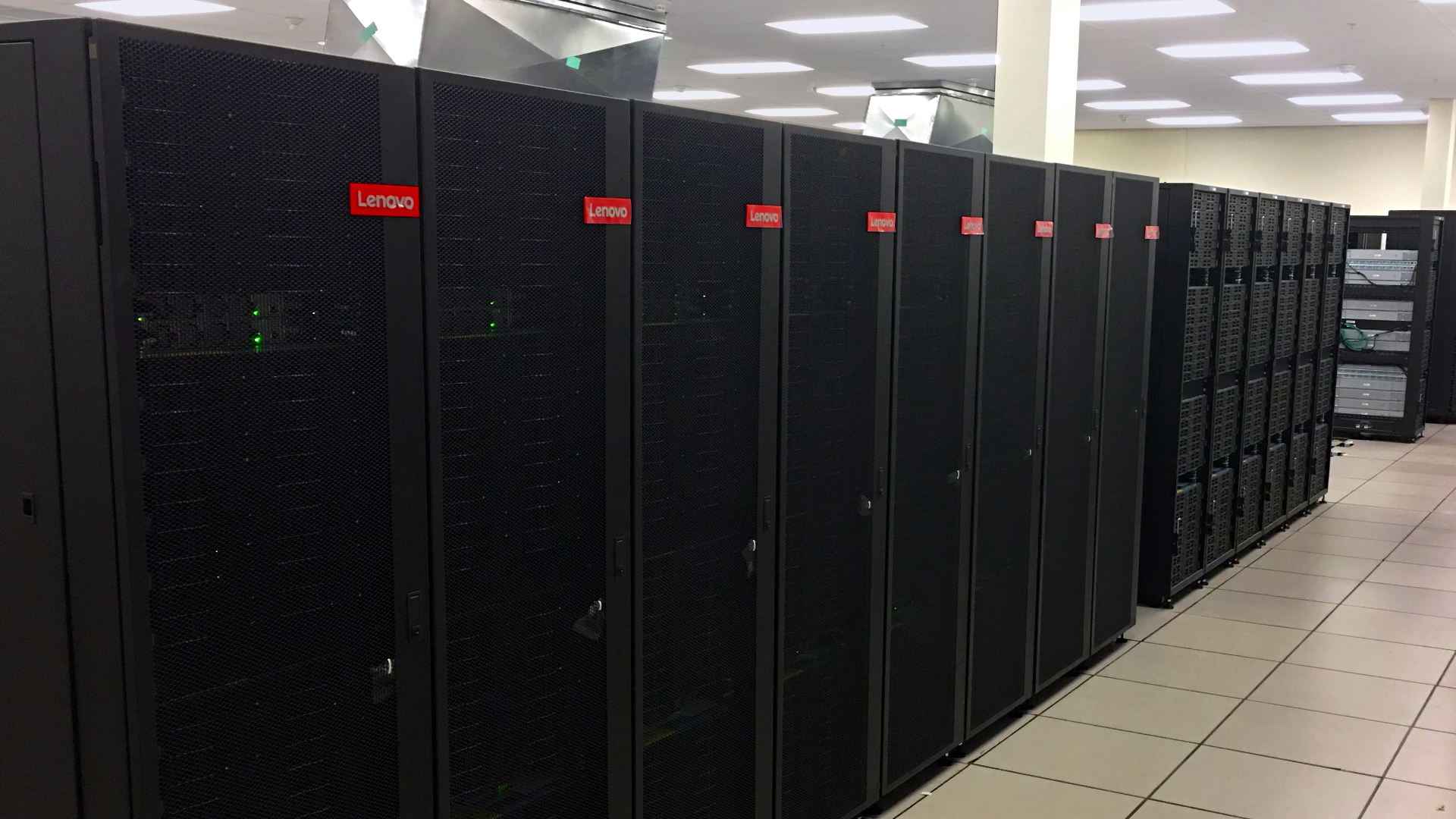About Me

I am a Postdoctoral Fellow at the University of Pennsylvania and the Center for Particle Cosmology. Before this, I completed my PhD under the supervision of Dick Bond and Renee Hlozek at the University of Toronto and the Canadian Institute for Theoretical Astrophysics. I am a member of the Atacama Cosmology Telescope and Simons Observatory collaborations.
Research
My research focuses on the large-scale structure of the Universe and the study of dark matter models from particle physics. I use a mix of data analysis, numerical simulations, and analytic techniques. Below are featured research projects.
The Nature of Dark Matter

As a data-oriented cosmologist, I look to unveil distinctive dark matter properties using observations of the cosmic microwave background and galaxy surveys. A model of particular interst to me is ultralight dark matter which behaves as a wave rather than a particle and clusters differently from cold dark matter.
Cosmological Simulations

One of the ways with which I can make testable predictions for a cosmological model written on a black board is to translate its equations in computer language. After much debugging, this allows me to create a mock Universe which I can compare to our own.
Gravitational
Lensing

The lensing of light rays from distant galaxies and the cosmic microwave background contain information about the total distribution of matter. Combining different probes, I work to unravel the behaviour of dark matter through billions of years.
Kinematic Sunyaev-Zeldovich Effect

The kinematic SZ effect is a subtle distortion of the cosmic microwave background. Although challenging to isolate, it contains crucial information on the motion of objects which tells us about the nature of gravity and the initial conditions of our Universe.
Model Selection and Bayesian Statistics

Our current cosmological model is very successful, but is fundamentally incomplete as it does not describe the nature of dark matter or dark energy. In order to identify the best theoretical description of our cosmos among a long list of ideas, I dive deep in statistical data analysis, probability, and model selection.
High Performance Computing

An important component of my work is to improve the speed and accuracy of my statistical analysis through the use of parallel computing, emulators and just-in-time compiling (e.g. Numba). Writing open-source, efficient code will be essential as the amount of data available to cosmologists skyrockets in the next few years.